


I'm excited to play Torchlight 2. There's a couple reasons for this. Firstly, it's the sequel to Torchlight—a game that not only sucked up my time but filled the void left empty ever since I stopped playing Diablo 2. I played Torchlight since its release and I've gone back to it time and time again just to satisfy my compulsion to point and click at things until they died and loot came flying out of their bodies.
When I first played Diablo way back in 1997, it awakened an urge in me that I've only managed to scratch twice—once with its sequel, Diablo II, and then with Torchlight. Every other action RPG I've played since then failed to capture the essence of the original Diablo, and it's a feeling I've looked to recapture ever since.
I'm also interested in seeing how Runic Games improved upon the original Torchlight with the sequel. That's the second reason.
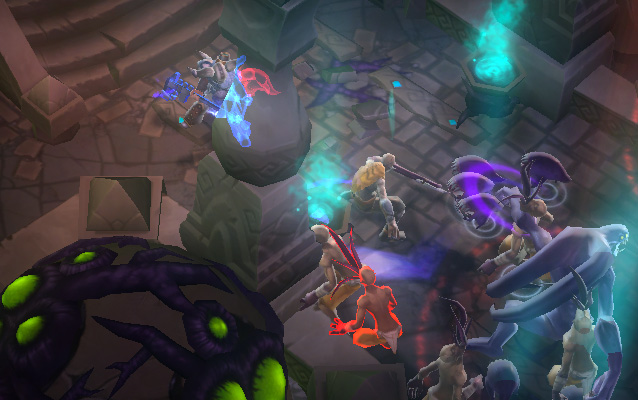
Torchlight alters the Diablo formula through a variety of ways, but it mainly does so with the inclusion of a pet which follows you around, carries your stuff, and fights alongside you. By feeding the pet a fish, it can even be transformed into a beast. The game's other major alteration is the addition of Fame, which is a separate experience bar that fills up whenever you complete a quest or kill a boss monster. Leveling up in Fame provides you with an additional skill point.
The sequel to Torchlight takes the original game and overhauls it by adding a full blown story, wide open areas, and character customizability. There are four classes in Torchlight 2, and each class has a selection of both male and female character models with customizable looks.
In my first playthrough of Torchlight 2, I played an Engineer—a melee-oriented character who swings a big, heavy weapon. If you decide not to go with that particular build, the Engineer can also equip a sword and shield, or alternatively, wield a cannon and summon clockwork robots. I opted to go with the big weapon with a few skill points in robot summoning.
Playing the Engineer felt a lot like playing the Barbarian in Diablo 2. I swung my slow, but heavy weapon in an arc and struck every monster in front of me with each attack. I could also use a special attack which caused the ground in front of me to erupt in flames, which sought out—and struck—every enemy in its path.

While the combat was fun, the quests were mundane. To progress, I was tasked with fetching a variety of items throughout the entirety of my playthrough. I didn't mind the errands, as they gave me reason to keep killing monsters, but the quests didn't make much of an impression. Regardless of the written story, the quests are clearly just vehicles to new locations. The action RPG genre is what it is, and the narrative takes a backseat to the rest of the game.
But combat isn't as fluidly paced as it could be. I relied heavily on the use of healing and mana potions as I had few skills for which to block or evade attacks. In essence, combat boiled down to soaking up attacks, healing up, and resuming my attacks.
A further issue arose when I leveled up. Having earned skill points, I had no idea which skills would make for a good point investment. Like its predecessor, Torchlight 2's skills are split into three different sets, or skill trees, per class. The number of skills available to me coupled with the limited skill points I had put me in a such a predicament that it was difficult to tell which skills would be useful for the character I was playing without first investing a skill point. Furthermore, some skills required a multiple point investment before they became useful.
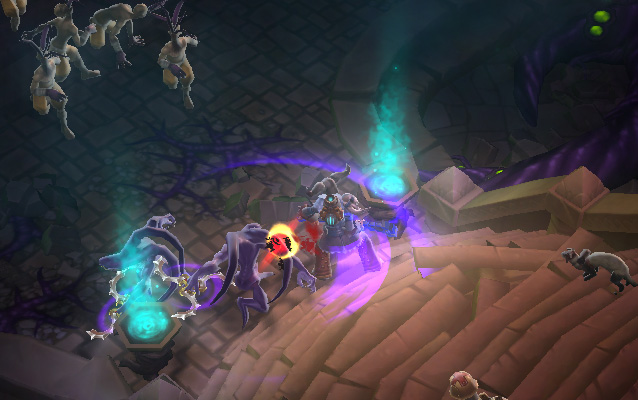
Thankfully, I could reset my skill points by interacting with a character in town. This allowed me to test out some of the early skills to see if I liked them. Unfortunately, that ability was restricted to level 10 characters and below. Investing in the more advanced skills was a gamble.
For example, one of my skills allowed me to summon an armed robot. It carried a three minute cooldown but disappeared after only a minute. Without a heavy investment of points, my machine companion would spend more time out rather than in the fight; whereas the alternative—a flat bonus to damage and attack speed—proved beneficial immediately.
Despite these issues, Torchlight 2 remains a highly addictive (and fun) action RPG. Its colorful world and classes in a sea of brown uniformity quickly latched onto me. I can hardly wait to play more of it.

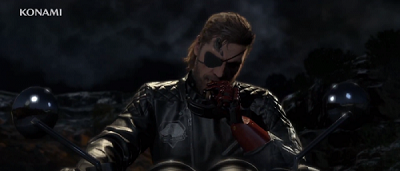
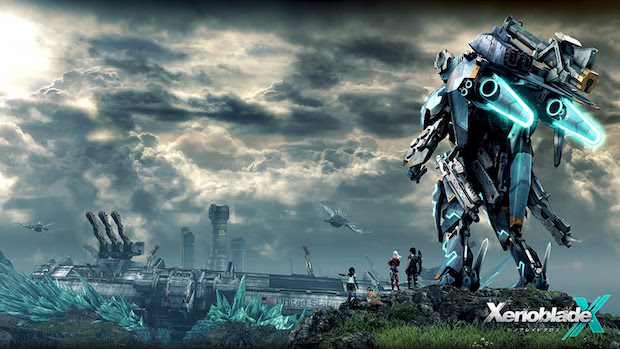
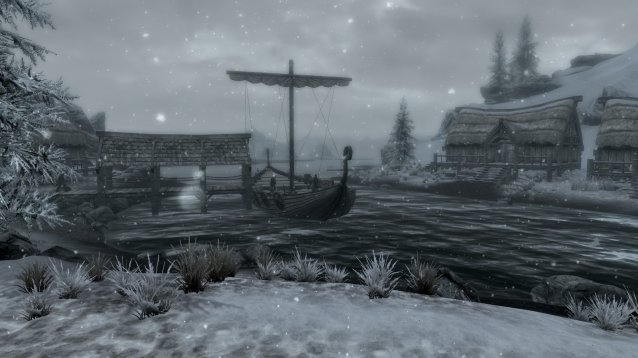
 You Can Display Your Fallout 4 Bobbleheads Proudly
You Can Display Your Fallout 4 Bobbleheads Proudly 10 Gift Ideas for Those Who Work From Home
10 Gift Ideas for Those Who Work From Home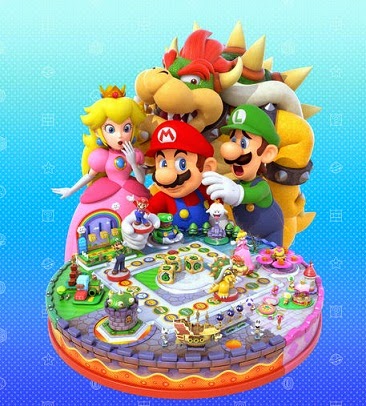 Mario Party 10 HD to feature new Amiibo Party mode
Mario Party 10 HD to feature new Amiibo Party mode It's Almost Tax Time - Protect Yourself From Scammers
It's Almost Tax Time - Protect Yourself From Scammers How to record Gameplay Videos in 1080p 60fps on PlayStation 4 or Xbox One
How to record Gameplay Videos in 1080p 60fps on PlayStation 4 or Xbox One